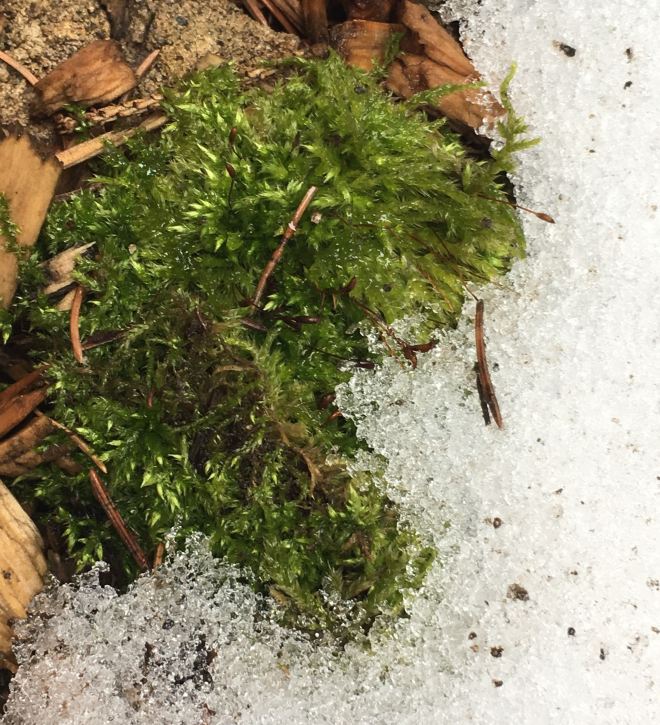I heard a flock of robins this morning, murmuring softly to each other in the silver maples and hackberries. A male cardinal, tucked into our arbor vitae, whistled his “what cheer” melody. They sang memories of my dear friend Cathy Borden, who died one year ago today.
Cathy loved birds and, as I held her hand in the silence of a January evening, a flock of robins filled the trees outside her window at Our Lady of Peace hospice. She would have loved seeing the robins. Though she wasn’t conscious, she stirred when I described their rusty breasts, black heads and charcoal backs, and how they picked berries in the twilight.
I spun tales of steamy summer afternoons when we hiked the woods and fields of Eagan, just a small city at that time; of goldfinches collecting thistledown to line their cozy nests, rose-breasted grosbeaks flashing their lovely badges along the hiking trail, and tiny common yellowthroats calling “wichity-wichity”in the willow scrubs.
The birds continue to awaken beautiful memories. One night last November, when the “moon of freezing over” shone full and close, a great-horned owl hooted from a spruce in our front yard. I eased open a window to listen to its soothing call and remembered evening bike rides with Cathy in the bluff country of southeastern Minnesota. We rode wooded trails where barred owls with liquid black eyes watched us from tree limbs overhead, a hen turkey and her flock of fuzzy poults scurried about the path in front of us, and night herons croaked their calls at dusk.
Perhaps it’s the tiny black-capped chickadee, Cathy’s favorite bird, that most often brings her to mind. One fine morning last spring after a night of thunderstorms, chickadees whistled to each other in my garden and the year’s first lily of the valley opened, covered in rain droplets. (She loved these flowers and tried to grow them for many years.) Cathy would have rejoiced in the antics of the chickadees, in the abundance of my lily of the valley garden, and in the beginning of a new day so fresh and lovely.






